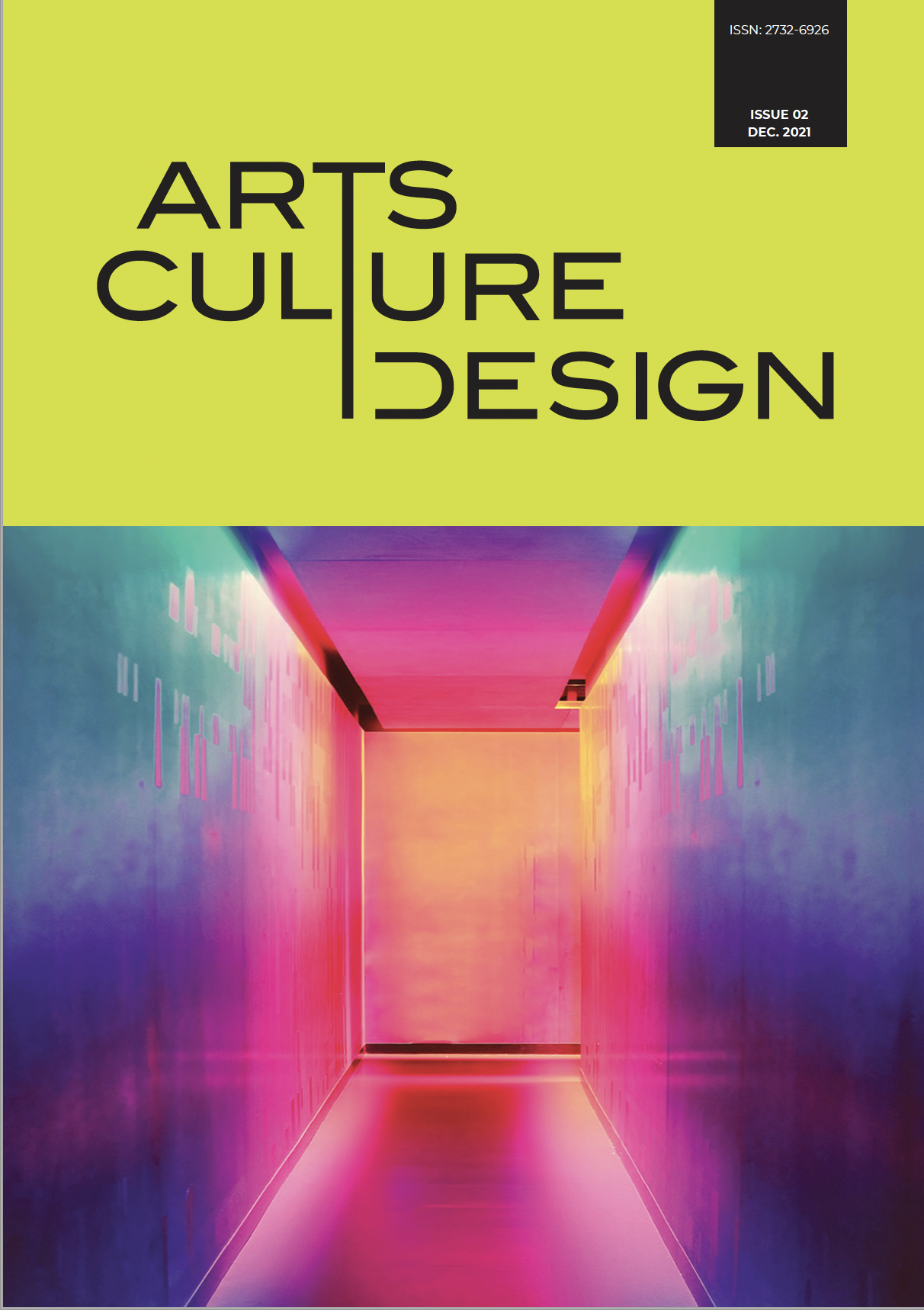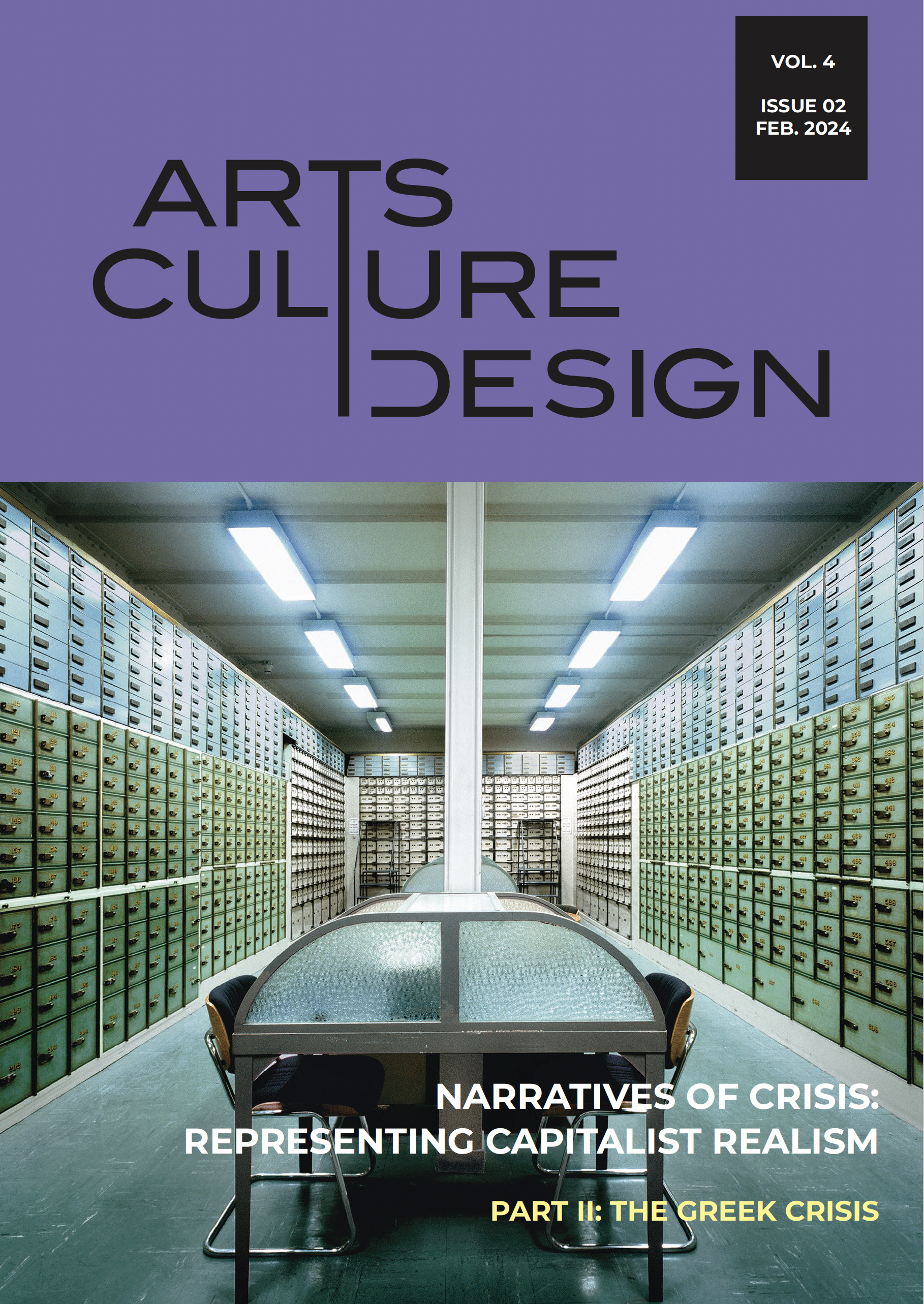PIRAEUS: A NEW CITY FOUNDED AT THE DAWN OF THE 19TH CENTURY, AROUND THE BIRTH OF THE GREEK STATE

Abstract
Book review of Nikos Belavilas, History of the City of Piraeus. 19th and 20th century (in Greek), Alexandria Publications, Athens 2021, 599 pages.
Piraeus is a charming seaside city, bustling and vibrant, filled with contradictions; a Mediterranean seaport of regional importance, with geophysical singularities and an extensive lace-like coastline; a major cultural and social urban hub of national importance, which played an instrumental role in the industrialization and economic growth of Greece. Piraeus was a newly-founded city that was designed and situated by the sea, in order to serve the maritime transportations of the newly established state. Piraeus developed around the core of the deep bay formed by the Piraeus peninsula, on the site of the ruined ancient settlement and around the humble medieval port facilities, which framed this natural anchorage, in a location that would offer the new Athenian capital the necessary sea link and the infrastructure required for the development of its maritime and commercial activities.In this thoroughly engaging book, both in terms of methodological composition but also as a reading experience, Nikos Belavilas retrieves from an interdisciplinary domain and offers the main axes along which the narrative evolves: the city, the port and the industry. Around them revolves the history of the rapid strategic residential development of Piraeus.
Article Details
- How to Cite
-
Moira, M. (2022). PIRAEUS: A NEW CITY FOUNDED AT THE DAWN OF THE 19TH CENTURY, AROUND THE BIRTH OF THE GREEK STATE. Design/Arts/Culture, 2. https://doi.org/10.12681/dac.27752
- Issue
- Vol. 2 (2021)
- Section
- Book Reviews
The copyright for articles in this journal is retained by the author(s), with first publication rights granted to the journal. By virtue of their appearance in this open access journal, articles are free to use (with the exception of the non-granted right to make derivative works) with proper attribution for non-commercial uses (licence Creative Commons 4.0). EKT/NHRF retains the worldwide right to reproduce, display, distribute, and use articles published in DAC in all formats and media, either separately or as part of collective works for the full term of copyright. This includes but is not limited to the right to publish articles in an issue of the Journal, copy and distribute individual reprints of the articles, authorize reproduction of articles in their entirety in another EKT/NHRF publication, and authorize reproduction and distribution of articles or abstracts thereof by means of computerized retrieval systems.
DAC journal considers all submitted artwork on the condition author(s) confirm that third-party intellectual property rights are not violated in any way.
Author(s) are responsible for securing permissions to publish copyrighted material, such as photographs and other artwork and for paying any fees involved. Production of an article will not begin until the editor has received all relevant permissions.
The copyright for published articles in Design | Arts | Culture is retained by the author(s). By virtue of their appearance in this open access journal, articles can be used freely, with proper attribution, for educational and other non-commercial purposes.



